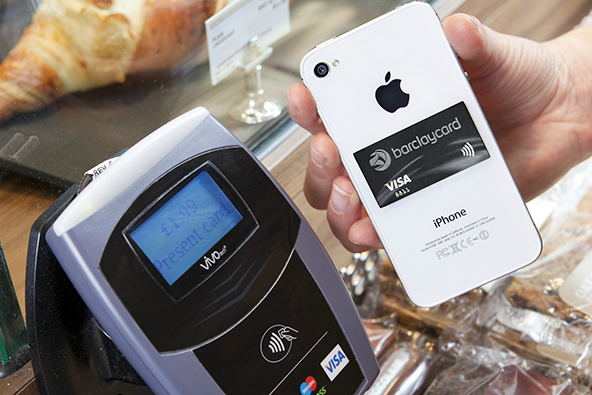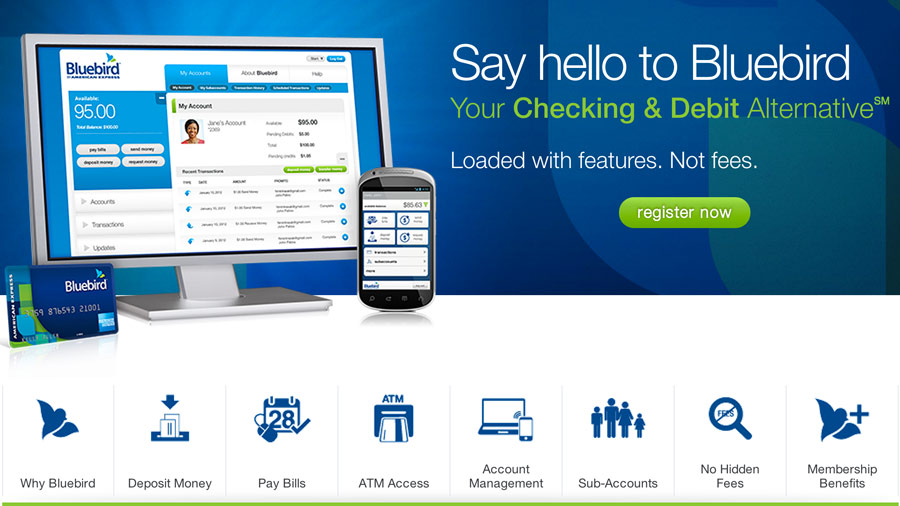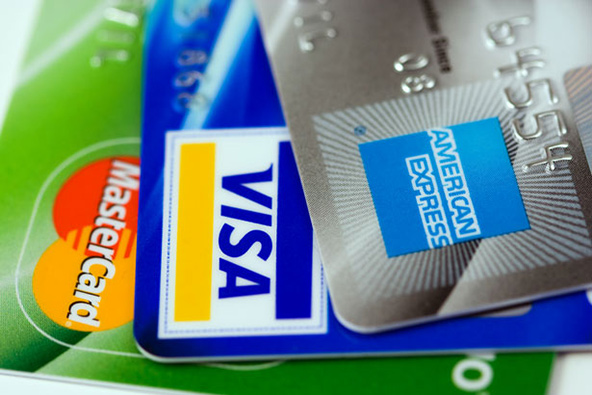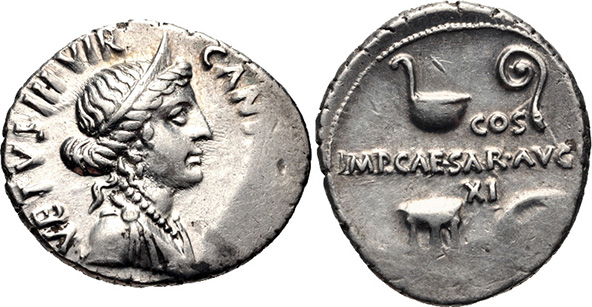Barclaycard’s New Mobile Payment Service Is Simple, but Inadequate

Barclaycard, a large British card issuer, is upgrading the NFC-based mobile payment service it launched a year ago, we learn from various news reports this morning. Just as the original version, known as Quick Tap, the new service, named PayTag, enables users to make payments by waving their phones by an NFC-compatible point-of-sale (POS) terminal. The news is that PayTag charges the transaction amount directly to the user’s credit card, a sticky version of which is attached to the cardholder’s phone. By comparison, Quick Tap users had to create a separate payment account and transfer funds into it. So the new version is simplified and more consumer-friendly than the older one.
However, PayTag falls far short of what’s required of a mobile payments service in 2012, for a couple of reasons. Firstly, it is nothing more than an incomplete copy of just one of its user’s credit cards and secondly, it places a very low limit on the allowable transaction amount, which requires consumers to have a back-up payment plan. In other words, users would still have to carry their physical wallets. So what’s the point?
How PayTag Works
PayTag is an adhesive credit card, about a third or a quarter of the standard size, which is attached to its user’s phone, allowing her to make payments by waving the phone by a compatible point-of-sale (POS) reader at a participating store. Barclays claims that there are “over 100,000 contactless readers across the UK” and the list includes fast-food chains Eat, SubWay, MacDonald’s and Pret A Manger, among others. At first, PayTag will only be available by invitation, but eventually every Barclaycard holder will be offered the upgrade, we are told.
A relic from the Quick Tap days is the limit of ?ú15 ($24) on the amount of a single contactless purchase, which is set to increase to ?ú20 ($32) at the beginning of June. No PIN entry is required for any PayTag transactions (remember that U.K. payment cards contain an EMV chip, so the verification method is PIN entry, not a signature, as is the case in the U.S.).
What’s the Point?
The BBC calls PayTag’s announcement “the latest salvo in the battle to launch a digital wallet,” which I guess it might be, if one could muster the imagination necessary to see it as such. More than likely, however, is that PayTag would be seen in retrospect as a dead-end turn in mobile payments’ evolutionary path.
To begin with, PayTag is nothing like a mobile wallet. It is just an adhesive extension of a credit card that can be used for completing contactless payments. However, many regular credit cards already support contactless payments. The way I see it, the only novelty here is that a card is attached to its user’s phone.
And the thing is that you would still need to carry your regular credit card, in addition to the sticker. Why? Well, once it’s increased in June, the PayTag transaction limit will be the equivalent of $32. I don’t know about you, but most of my credit card transactions are for larger amounts. For example, my average payment at gas stations is around $65 or so (and gas is far more expensive in the U.K than it is here in the States) and it is about the same at grocery stores. In fact, the only swiped transactions that are consistently below the $32 threshold are my Starbucks payments. So yes, I would still need to carry my real credit card, along with the rest of my wallet’s contents. So really, what’s the point?
The Takeaway
Mobile payment technologies promise to enable us to complete payments faster and easier than we can currently do. Eventually, they may allow us to store all of our payment account information into our phones and free us from the necessity of having to carry our physical wallets around. These are goals worthy of pursuing.
However, Barclaycard’s PayTag is not bringing us any closer to achieving these objectives. It merely adds yet another payment tool, an imperfect copy of one that we already have, into our arsenal. It wouldn’t necessarily be inconvenient to have it, but it would also not make our checkout experience any better or indeed, any different.
Image credit: Barclays.



The idea of a payment method that doesn’t require some kind of user verification doesn’t pass muster to me. There should be some kind of safeguards to protect people from unauthorized access and to prevent them from going over their limits, so that they can better manage their money.
I have no problem with any cashless payments, because I always have the option of cash. It’s when the banks start talking about a cashless system that I want to run to the hills. They can’t, of course, ban cash so they want us to voluntarily accept gimmicks like this. They are willing to take the short term hit of a few fraudulent transactions, as long as long term future is one of a complete control over every transaction we make.
NFC has huge security issues, primarily because you don’t know who is scanning it, or where. It is incredibly enough to set-up a device at a place where people have to pass through, and then to skim the NFC cards they may have attached to their phones. I would be sticking to something that actually has to be swiped through a reader.
This can be inconvenient for those with high-end NFC-enabled smartphones. Adding a sticker with a tag on it to the phone will rather spoil the whole experience. It seems that phones will have this feature incorporated in the future, so I just don’t think that the idea of sticking it to your phone really has any future.
This doesn’t seem to be payment by phone. You could stick this tag to anything that you carry on yourself, including to your phone. I think it’s actually a quite smart idea. If I have to get my contactless credit card out of my wallet and wave by the reader then I might as well just pay with cash. Having a seperate contactless device means that I don’t need to take my wallet with me just so that I can pay for a few small items.
I’ve been wondering when cash will finally be phased out. After all, governments don’t like cash, simply because it is too hard to trace.
But what I don’t understand is how these sticky cards can have the same type of total fraud protection as the regular ones. I mean, normal cards themselves aren’t totally fraud-proof and secondly, anyone could use these cards to make a purchase under the limit, because no proof of identity is needed. Is this fraud-proof?
So if your phone is stolen, whoever stole it gets free credit as well. Security is non-existent, and of course, the consumer pays for the whole thing through bank charges and fees. Retailers will claim it reduces check-out time, but it won’t, because they will end up reducing staff accordingly (just as ATMs allow banks to cut staff). The banks are the only ones who will benefit – we pay the fees, they reduce transaction costs and so increase profits.
This is a truly bad idea and I can’t believe that people are falling for it. It will enable the government and the banks to monitor even the smallest of transactions and allow them to prevent you from making certain purchases. This cashless ideas are making us even more enslaved to the banks.
You can call me a dinosaur if you want, but there is no way I am going to use this thing however many time I am told it is safe from hacking. Too often we are told that technologies like these are hackproof only later to find out that they are not.
This is a really bad idea from a personal security point. As any loss prevention expert will tell you, you should keep sensitive personal items secured. By ‘sticking’ a credit card on the back of your phone you are giving a any potential thief a real good opportunity, especially if you have a very nice, top-of-the-line, mobile phone.
This is a great idea, I think. I never carry cash on myself and this technology makes it so much easier to pay for low-amount purchases like food and drinks. At the same time, I believe that this would be better for debit cards.
I have no interest in anything that would take money from me simply because it is close enough. I hope few are taken in by all this hype with their desire to be at the forefront of technology. Paper money and coins and even credit cards continue to serve us well. There is no reason to be fixing what is not broken and there will not be any new flaws to live with.
I’m amazed with the cost to retailers for accepting payments by credit and debit cards. If contactless payments succeed in replacing cash for small-ticket transactions, the retailers could end up making negligible profit, if any. There is no doubt in my mind that these cards are in the credit card companies’ best interests.
This doesn’t make sense to me. Why would the credit card companies be spending tons of money developing things which could be easily stolen or “skimmed” leaving the banks facing claims for fraudulent transactions? Whatever we may think of them, banks are very capable of identifying a major flaw and act accordingly.